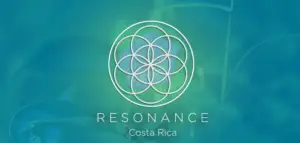[/caption]Tropical cyclones that develop in the Caribbean Sea are spawned in moist tropical air. Approximately every four to five days, a tropical wave of low pressure moves along with westerly winds. Some of these waves develop into tropical depressions, tropical storms, and hurricanes.
In developing tropical cyclones, air pressure drops at the surface of these storms. This low pressure attracts warm moist air from the ocean’s surface. The Coriolis force (A force that arises solely from the earth’s rotation) causes the resulting low-level winds to spiral in a counterclockwise direction around the center of the low in the Northern Hemisphere. (Winds swirl clockwise in the Southern Hemisphere.)
These pressure systems become enhanced by the The Intertropical Convergence Zone (ITCZ), which is the area encircling the earth near the equator where the northeast and southeast trade winds come together.
So how does this become a “superstorm” like Hurricane Sandy? Tropical depression Sandy, started forming in the Caribbean of the coast of Costa Rica, it gathers energy as it slowly crawls (gaining mass) its way Northward, mix in one cold front from Canada – this collision of energy, and Sandy’s slow moving trajectory creates the large scale weather event called a “superstorm”.
The Costa Rica News (TCRN)
San Jose Costa Rica
Sources: Weather.com Wikipedia.org decodedscience.com science.howstuffworks.com

